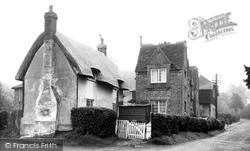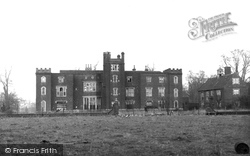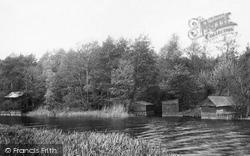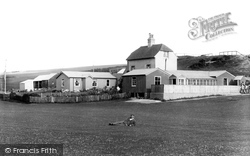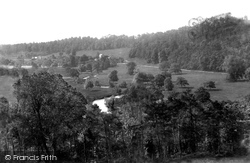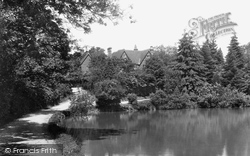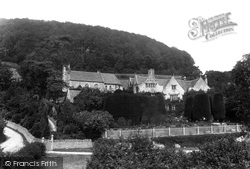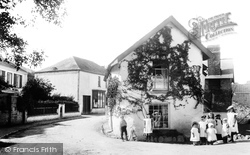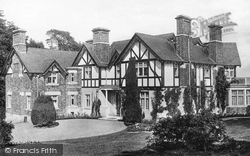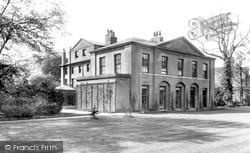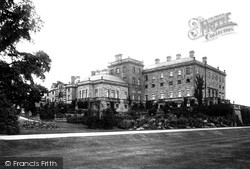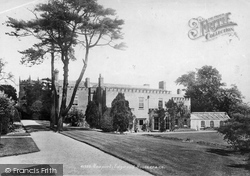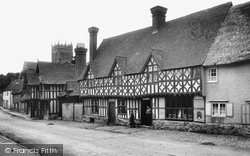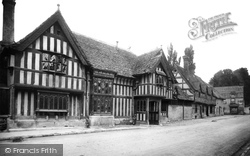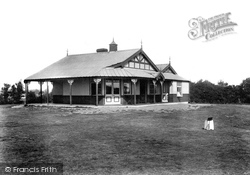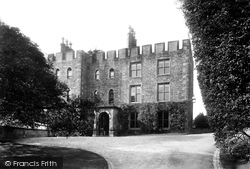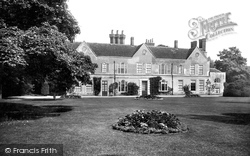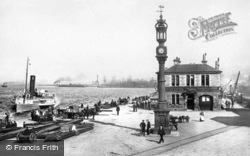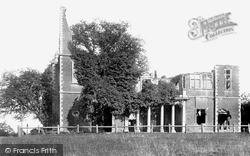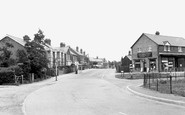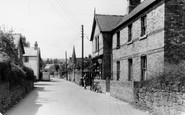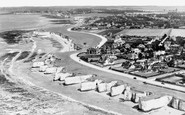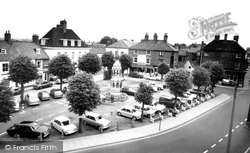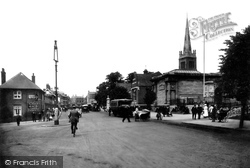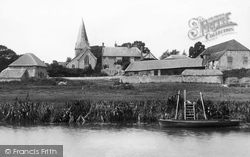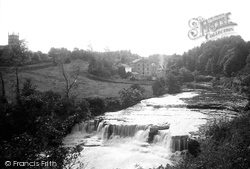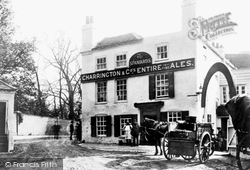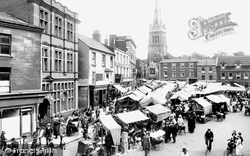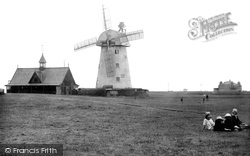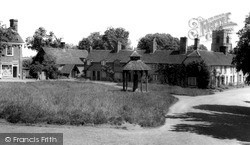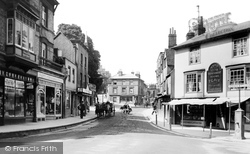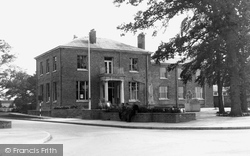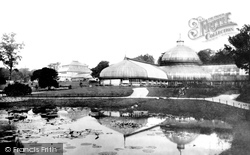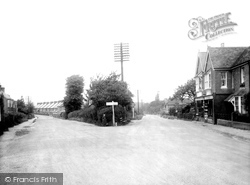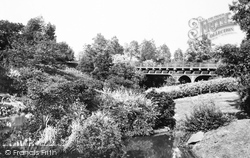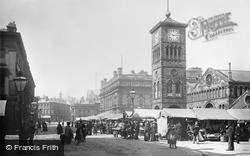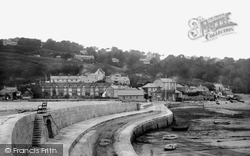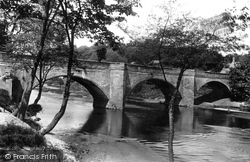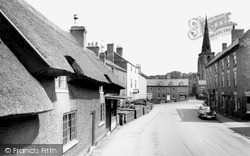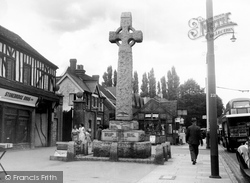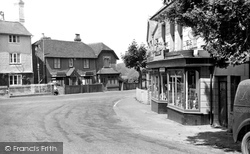Places
36 places found.
Those places high-lighted have photos. All locations may have maps, books and memories.
- Chatsworth House, Derbyshire
- Osborne House, Isle of Wight
- Brambletye House, Sussex
- Ickworth House, Suffolk
- Kingston Lacy House, Dorset
- Boscobel House, Shropshire
- Preshute House, Wiltshire
- Bolton Houses, Lancashire
- Brick Houses, Yorkshire
- Quaking Houses, Durham
- Water Houses, Yorkshire
- Bottom House, Staffordshire
- New House, Kent
- Mite Houses, Cumbria
- Lyneham House, Devon
- Church Houses, Yorkshire
- Dye House, Northumberland
- Spittal Houses, Yorkshire
- Street Houses, Yorkshire
- Tow House, Northumberland
- Halfway House, Shropshire
- Halfway Houses, Kent
- High Houses, Essex
- Flush House, Yorkshire
- White House, Suffolk
- Wood House, Lancashire
- Bank Houses, Lancashire
- Lower House, Cheshire
- Marsh Houses, Lancashire
- Chapel House, Lancashire
- Close House, Durham
- Guard House, Yorkshire
- Hundle Houses, Lincolnshire
- Hundred House, Powys
- Thorley Houses, Hertfordshire
- School House, Dorset
Photos
6,747 photos found. Showing results 1,241 to 1,260.
Maps
370 maps found.
Books
Sorry, no books were found that related to your search.
Memories
10,363 memories found. Showing results 621 to 630.
Glen Faba
Oh what lovely memories come flooding back, my mum and I would walk the winding river towpath from Glen Faba, where we lived, to Dobbs Weir, fish and minnow watching as we went along our way. In the summer my mum would get a hire row boat ...Read more
A memory of Hoddesdon by
Happy Days
Oh the memories stored away!! Charlie's opposite Cove Green, going there for sweeties on a Sunday, Cove Green (not as good as Tower Hill swings though!), Mundays closing at 1pm on Sundays, Thorntons with its yellow facade, and wool etc, I ...Read more
A memory of Cove in 1965 by
Life As A Kid
I used to go to Usworth Park to play football or go bird nesting down the planton at Waterloo. I also used to go round collecting bottles to take back to shop and get the money for the pictures. We had 3 picture houses in Washington, ...Read more
A memory of Washington by
I Met And Then Married My Blind Date At Alton
I remember as a 16 year old that I was a patient in the Lord Mayor Treloars Hospital, ward 1. I was considered to be a long term patient who was having knee surgery. I had to stay in bed for six weeks, only ...Read more
A memory of Alton in 1975 by
The Pre Fab Years
I was born in Recreation Close - a tiny 1 bedroom maisonette at the bottom of Wide Way. My Grandparents lived in Greenwood Road just around the corner. In June 1944, during the Second World War, a doodle bug exploded on the shelter ...Read more
A memory of Mitcham in 1940 by
Ancestral Home
With my newly obtained lawyer´s degree and after joining a British bank based in Buenos Aires, Argentina, I was sent to London, to follow an international training course of one year, along with my wife Rosemarie and our one year ...Read more
A memory of Car Colston in 1972 by
Boarding School, Harcombe House.
In 1956 I went to Harcombe House as a boarder. Mrs Jowett was in charge of us - 52 girls. Crocket did the gardens and lived in a cottage on the lane, as did cook. Matron and the housemistress, Miss Haytor, lived in. The ...Read more
A memory of Uplyme in 1956 by
Happy Holiday Memories
I now live in Lincolnshire but my father and family are native to Weston Rhyn and many family members still live in the area. I spent many happy holidays in Weston Rhyn as a schoolboy, I stayed at my aunt's house in ...Read more
A memory of Weston Rhyn in 1956 by
Gladstone Park
Our family moved from Churchill Road, Willesden to the country right out to Dudden Hill, in Normanby Road. The entrance to the park was just down the end of the road near the old iron bridge. There was a rather short tree ...Read more
A memory of Hendon in 1961 by
Birchington & Minnis Bay
I was partly raised in Birchington during the 1950's, my Nan & Grandad and Aunts & Uncles also lived there, I would spend all my summer holidays there at my Nan's house in Park Avenue ...happy days, I still think ...Read more
A memory of Birchington in 1950
Your search returned a large number of results. Please try to refine your search further.
Captions
6,914 captions found. Showing results 1,489 to 1,512.
The Butter Market of 1853 (centre) is now Achurch Hardware Store, and the snack bar next door is now a pizza and kebab house.
The house with tall chimneys on the left was the gable-end of the George Hotel, with garaging attached to the main building; the higher gable with the BP sign marks the entrance to the car park.
Novelist and poet John Galsworthy lived in Bury House from 1926 until 1933. The 'Forsyte Saga' was completed here. A visitor to the house was Sir James Barrie, the creator of Peter Pan.
The 16th-century house behind it is reputed to have been the Hospital of St John the Baptist.
The old school house was later a sanatorium from 1907 to 1947, and then became the Youth Hostel. The church of St Andrew, left, overlooks the falls and houses treasures from Jervaulx Abbey.
Said to have been founded by the Spanish Ambassador's valet, the 18th-century pub, with its adjacent toll house, formed the entrance to the Bishop of London's Hornsey estate.
We are looking southwards from Walnut Tree Corner, and London Road is deserted apart from the wagon standing outside the Gate public house (centre left).
The gabled stone building (in front of the church) housed the Market Offices, and was also a drop-in centre for the unemployed.
The 18-storey Kodak House was built in 1971.
The Works' fire station (centre) and bath house (centre left) can be identified by their gabled roofs.
The Lifeboat House, very busy in 1924, is now being refurbished, and houses a museum telling the history of the lifeboats' activity on this stormy coast.
The house on the right of the row, covered with ivy, is Parliament House. St Mary's church has some Saxon features, but much was lost during the Victorian rebuilding. The tower was restored in 2001.
On the corner stands the Bull's Head public house. Until just a few years ago the abattoir had its premises behind the pub, and here cattle were slaughtered on a regular basis.
The former vicarage was renamed Moot House, and was used as a busy community centre.
The Kibble Palace, which was re-erected in the gardens in 1872, now houses rare tree ferns.
The village was created at the turn of the century to house construction workers for the very large brick-built Christ's Hospital school nearby.
Sefton Park has always had much to delight its visitors, and when the Palm House opened in 1896 thousands came to see it, along with the other glories of the Park.
The Market House, as it was called, opened on 28 January 1848. It opened every day except Sunday, and was famous for stalls selling black puddings and sarsparilla.
The houses above are West Cliffs, Holme Lea and Holm Craig (middle distance).
Along the banks to the east is the old Spa Baths, now converted to housing. A little to the west of here, near the weir, is the old mill, also now luxury houses.
The arrival of framework knitters heralded a dour expansion of red brick housing and hosiery factories, but some nice examples of vernacular architecture are to be found in the village.
The 16th-century house behind it is reputed to have been the Hospital of St John the Baptist.
Early photographs show a village of timber-framed buildings, of which a few survive, all on the west side of the road; they include a very fine 16th-century hall house and a range of timber-framed houses
Most of the houses are positioned around the large green where there were once old archery butts. In the 12th century King John had a hunting lodge in the area.
Places (80)
Photos (6747)
Memories (10363)
Books (0)
Maps (370)




